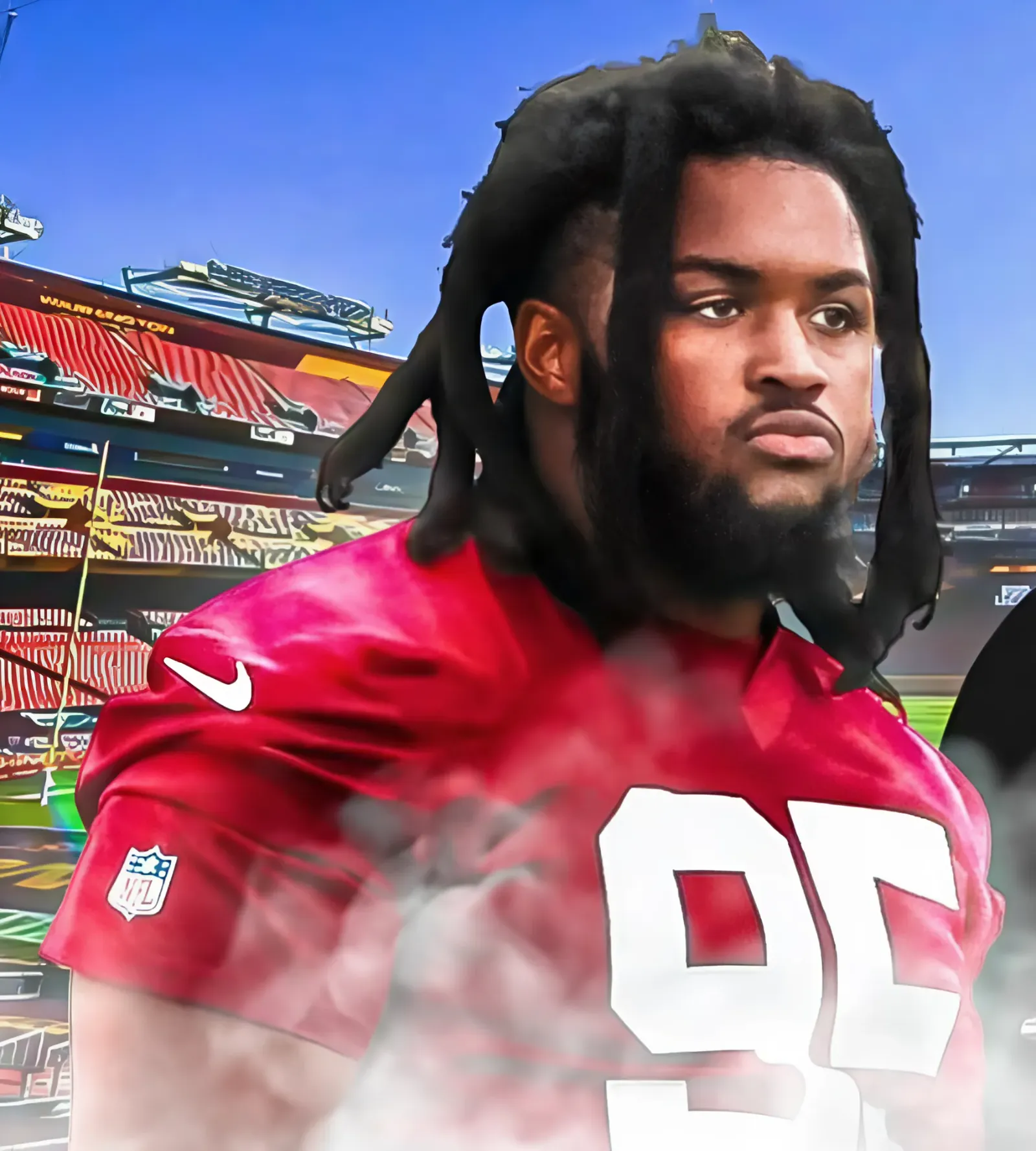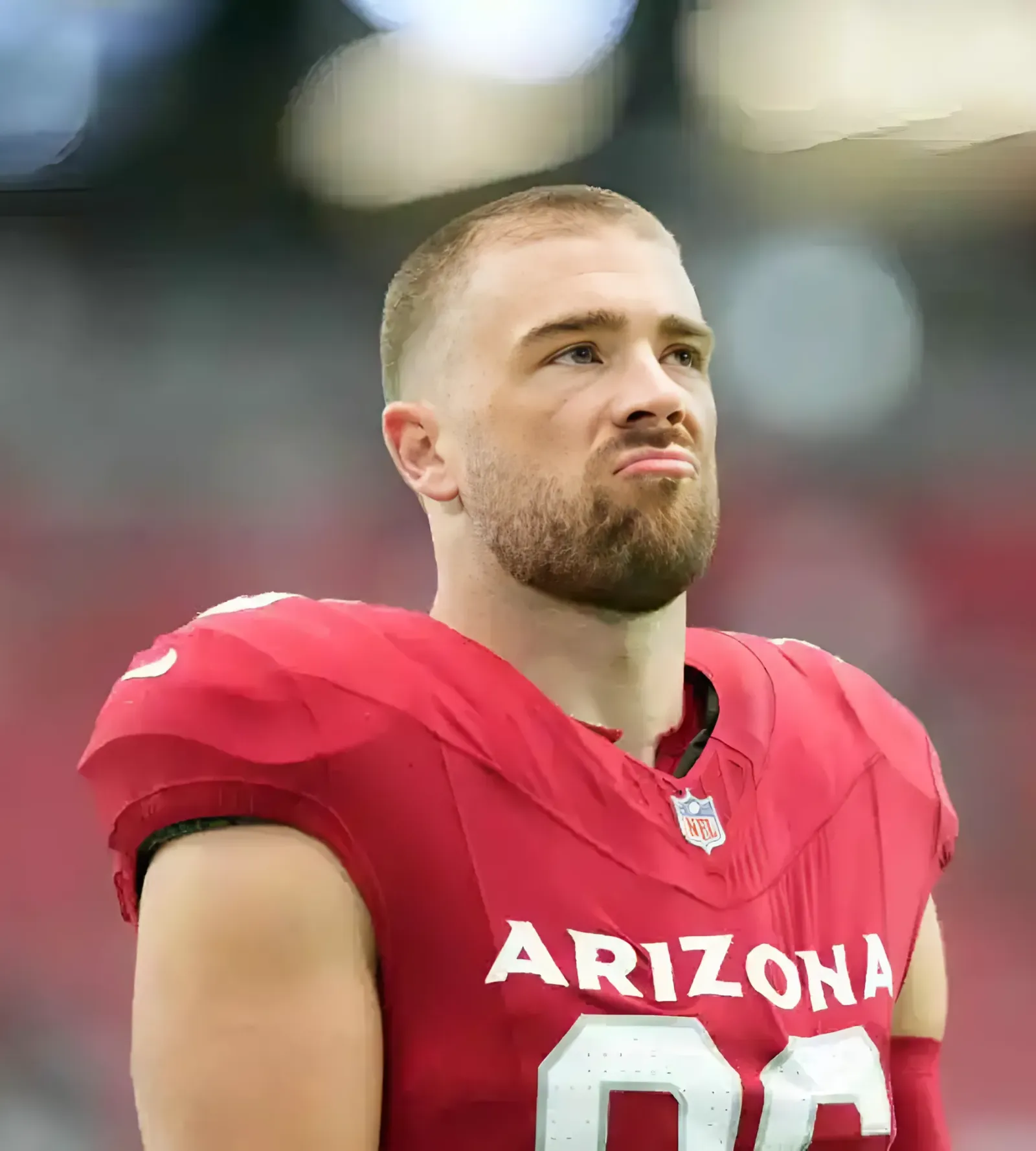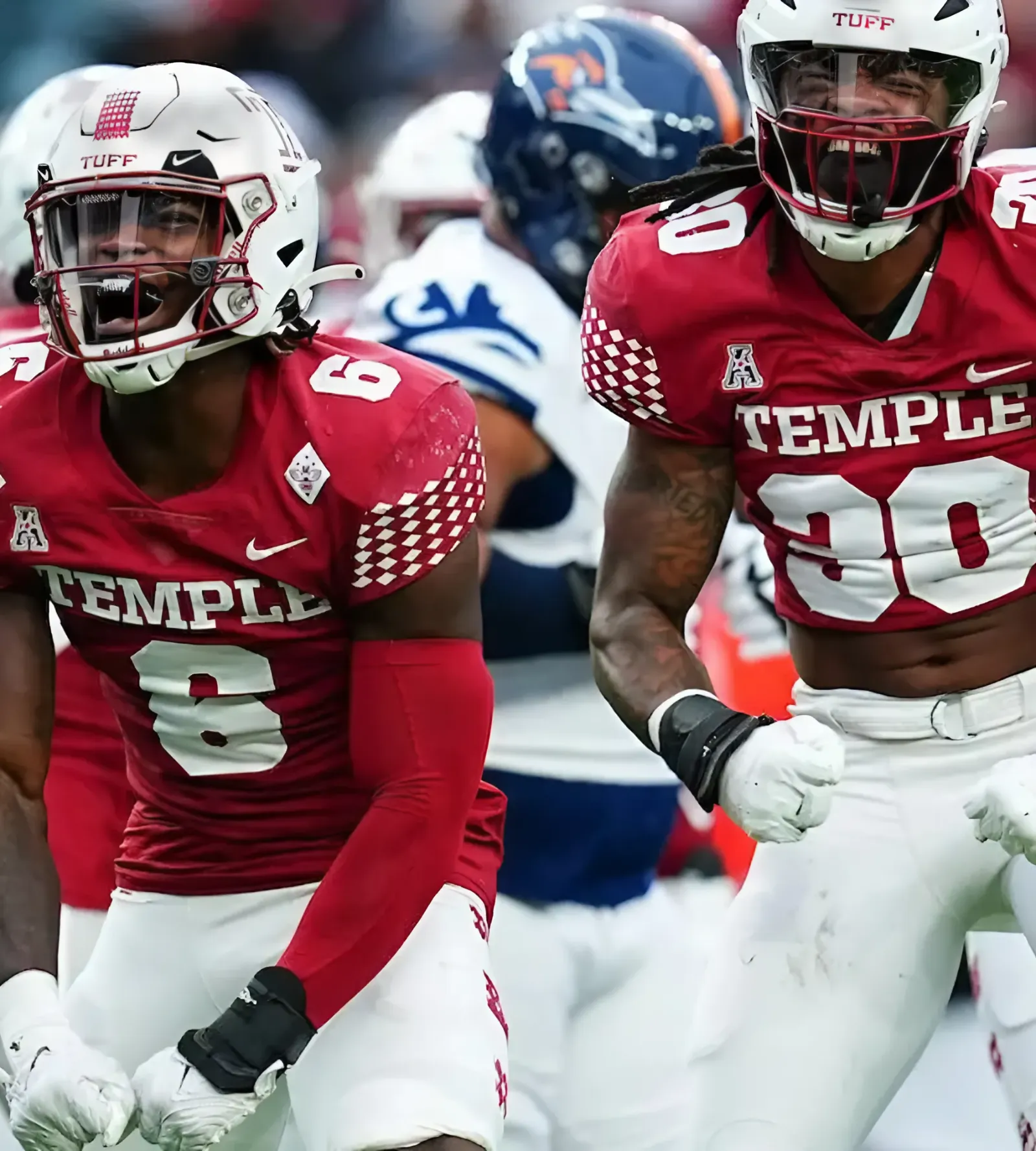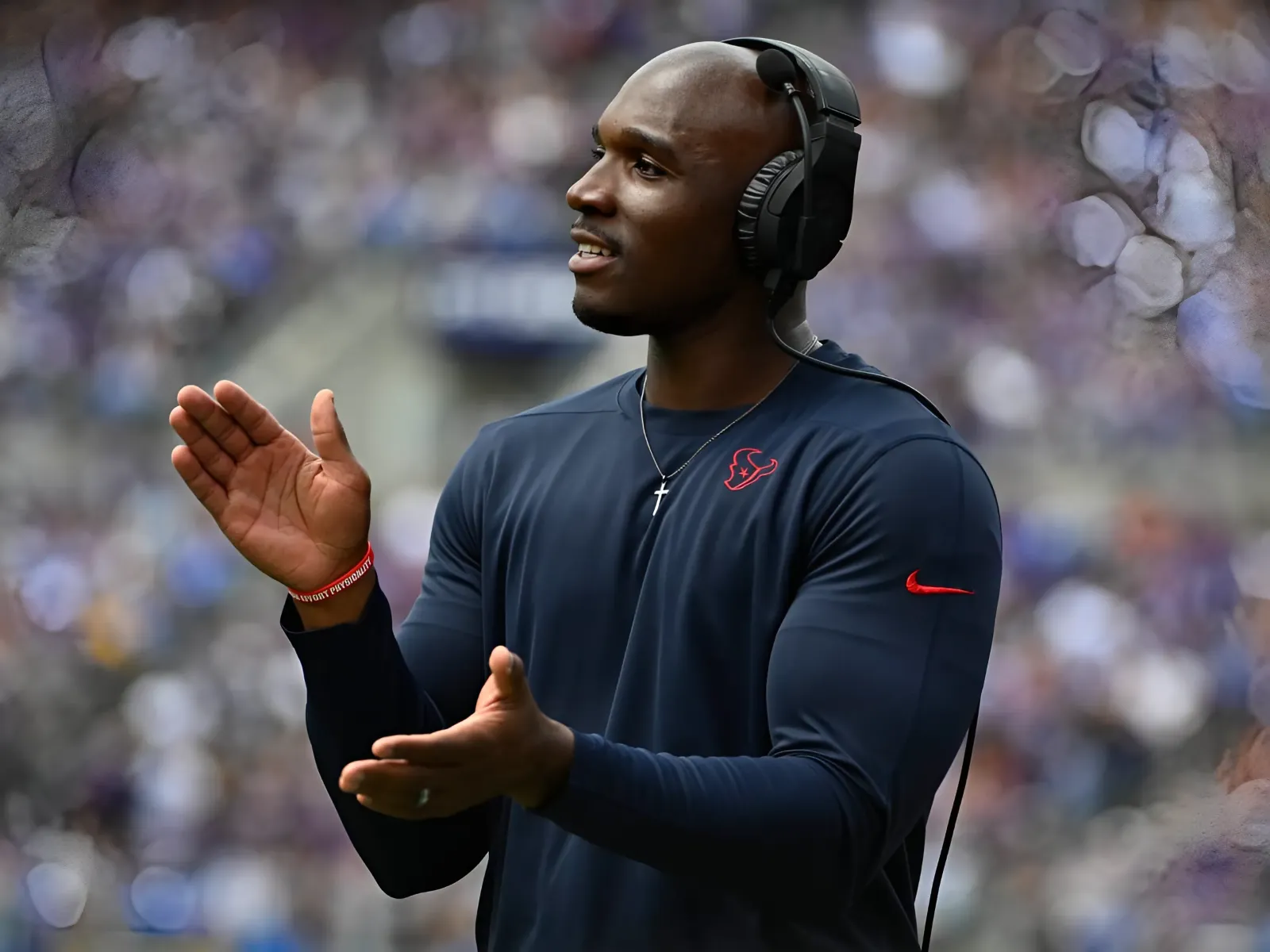The writing has been on the wall about Dakota Joshua and his return to the Vancouver Canucks. While fans and spectators loved what they saw from the 6’3, 205-lb forward, everybody comes at a price.
It looked fairly grim that Joshua would have an NHL career after the St. Louis Blues allowed a 26-year-old power forward to walk for free. But his two years in Vancouver revitalized his career.
In his first season with the Canucks, Joshua played in a fourth-line role. In the first 43 games, Joshua scored six goals and nine points playing alongside a mixture of Nils Aman, Jack Studnicka and Curtis Lazar. 43 games? What’s so specific about 43 games? Well, that’s when Rick Tocchet took over as the Canucks bench boss.
Tocchet started experimenting with all of his lines to see what worked — that’s when the Joshua and Conor Garland connection was born.
The duo spent half of the rest of their season together, scoring six goals and foreshadowing what they would ultimately produce in the 2023-2024 season. But it wasn’t all sunshine and roses.
Little bit of action between Conor Garland and Dakota Joshua at special teams practice. pic.twitter.com/5TzqgN55JP
— Faber (@ChrisFaber39) September 23, 2023
At the start of training camp this past offseason, Joshua and Garland got into a shoving match during a special teams practice. Luckily for Canucks fans, this beef was quickly squashed, and the chemistry between these two players blossomed in its place.
Joshua played a massive role for the team this year. But Canucks fans may not have understood big of a piece he was to the team until he broke his hand in a fight with Chicago Blackhawks’ MacKenzie Entwistle.
With the rugged left-winger on the shelf for the next six weeks, the Canucks struggle down the stretch. They nearly lost the Pacific division to the Edmonton Oilers with a 9-7-1 record. Joshua returned with a bang, scoring the game-tying and go-ahead goal in his second game back against the Anaheim Ducks.
Joshua was a unicorn for the Canucks. Few players around the league can score goals, throw the body, play a shutdown role and kill penalties. Teams rarely let those players walk. But with their cap difficulty, the Canucks just can’t afford to bring him in for what he’s reported to demand on the open market.
And think about it from Joshua’s perspective: Sure, Joshua might feel some gratitude to the Canucks as this is where he got his shot to evolve into the player he is today. He deserves whatever raise he’s going to get. But he’s 28 years old, coming off a career year, and this may be the only opportunity for Joshua to set himself and his family up for the rest of their lives.
This was an excellent marriage between Dakota Joshua and the Vancouver Canucks. But it looks like this one is coming to an end.
On his Monday hit on Donnie and Dhali, Sportsnet’s Elliotte Friedman had this to say about the future of Joshua in Vancouver, “I believe Vancouver does want to keep Joshua in a perfect world. I think the market has gone farther than they’re willing to go.”
With multiple reports out of his price tag starting with a four, I can see why the Canucks are hesitant to pay that premium after one successful season.
Now, the focus for Patrik Allvin has to turn to finding the next Dakota Joshua. In his exit interviews, Allvin prepared Canucks fans with this mindset heading into the offseason.
“For me, it’s not about giving one guy all the money; it’s about finding ways to be competitive and finding ways to have players that are able to improve, as we saw this year. Dakota coming in here [was] highly recommended by staff and we have seen him over the two years take steps. We’ll find the next Dakota Joshua here for the coaches to work with.”
With his departure likely on the horizon, let’s find out who could be the next Dakota Joshua on the market.
But first, let’s look into Joshua’s production before the breakout.
Joshua Pre Breakout
After getting drafted in the fifth round by the Toronto Maple Leafs, Joshua played for Ohio State University for the following four years in the NCAA. He was especially productive in his second and third seasons but floundered in his final year of eligibility.
In his first year as a pro, Joshua split time between the American Hockey League and the ECHL. He saw time in the National Hockey League for the next two seasons with the St. Louis Blues. Joshua played 42 combined games during that span, scoring four goals and nine points.
Joshua’s physical aspect really kicked off in his second season with the Blues. He averaged 1.9 hits per game in his first and 2.6 in his second seasons. The defensive side of his game hadn’t blossomed yet, as he averaged no more than 10 seconds per game in either season.
Given his journey before the breakout, I found X amount of forward who the Canucks could target that project to be the next Dakota Joshua.
I’ll warn you: a few of these players are very much under the radar.
Riley Tufte
Tufte has the largest stature of the group, sitting at 6’6, 230 pounds. He’s been a perennial AHL forward, seeing stints in the NHL over the last three seasons. He scored three points in 18 NHL games between the Dallas Stars and Colorado Avalanche.
Despite his massive frame, he doesn’t tend to throw the body as much, averaging just 1.22 hits per game in his short NHL stint. One would imagine playing under Tocchet would help bring an extra level of physicality — making him Tufte to play against.
Watch here as Tufte shows his swift skating to pressure the defender, steal the puck, and spring himself on a breakaway. These are signs of Joshua and his ability to not give up on the play.
Tufte played five games with the Colorado Avalanche last season, registering one goal, one assist, seven hits, and a minus-2 rating in 11:07 minutes of average ice time. According to AFP Analytics, Tufte is projected to make $775K on his next contract.
Brett Murray
Brett Murray is the second-largest at 6’5, 228-lb but has much less NHL experience than Tufte. Murray was a fourth-round draft pick of the Buffalo Sabres in the 2016 NHL draft, playing most of his time with their AHL affiliate, Rochester Americans.
During his five years with the Americans, Murray scored 157 points in 259 career AHL games. He’s had three stints with the Buffalo Sabres, playing in 23 NHL games and tallied six points. Although, it was discouraging to see Murray not use his big body for as much as one would hope (averaging 1.04 hits per game). Who knows, maybe if he joins the Canucks roster, Tocchet can instill that aspect of the game in the 6’5 forward.
According to AFP Analytics, Murray is projected to make $775K on his next contract.
Jeff Malott
Jeff Malott is probably the most unrecognizable name on this list, but after researching his stats, I became a fan. Malott has just one game of NHL experience, where he played four minutes, but he made his presence felt. Malott had three hits and took a penalty in that minimal time on the ice.
Malott has spent four seasons in the AHL, consistently producing at a 0.60-point-per-game pace. Last season was his best in the American League, scoring 22 goals and 52 points in 70 games. Considering his one game of NHL experience, Malott does not have a projected contract on AFP Analytics.
Now, this might be a stretch, considering his NHL experience is almost zero, but his production at the AHL level stood out as worthy enough for a shot in the big leagues. Malott’s frame suits Joshua’s as he sits at 6’3, 208-lb.
Sammy Blais
This is certainly the most recognizable name on this list, considering he’s been around the longest and has played 257 NHL games. But he’s really struggled to breakout as he’s registered just 74 career points and never eclipsed the 20-point mark in a single season.
Although Blais has struggled offensively, his physicality has always been the bright spot in his game. He leads the group in hits per game among the mainstays in the NHL by a considerable margin, averaging 3.19 per game.
Blais played 51 games with the St. Louis Blues this season, scoring one goal for seven points, but showed that intense physicality shined with 178 hits. According to AFP Analytics, Blais is projected to make $798K on his next contract.
After tearing his ACL in the 2021-2022 season, Blais started slow in his return, with just five points in 40 games with the New York Rangers. But once he was traded back to the Blues, Blais found his offensive game with 20 points in 31 games. Maybe another change of scenery could help Blais’ offence blossom again.
Jasper Weatherby
Jasper Weatherby has one of the bigger frames of the bunch, sitting at 6’4, 222-lb. He was a fourth-round pick in the 2018 draft by the San Jose Sharks but got a considerable shot in the NHL in the 2021-2022 season.
To start the season, Weatherby was up with the big club, playing the first 50 games of the season. He scored five goals and 11 points, averaging just over a hit per game. Despite decent numbers, Weatherby has yet to get another shot in the NHL. Over the following four seasons, he scored 57 points in 161 games.
Weatherby played with the Milwaukee Admirals (Nashville Predators AHL affiliate), scoring 12 goals and 25 points with a plus-4 rating. Considering he has zero NHL games over the last four seasons, Weatherby does not have a projected contract on AFP Analytics.
Maxime Comtois
Maxime Comtois is another name that should sound recognizable to the hockey world, given his 211 NHL games and his captaincy with the IIHF World Juniors tournament. But his inability to hold onto a roster spot on a rebuilding Anaheim Ducks gives me some red flags.
It wasn’t a complete failure, though; Comtois played 50 games in three of his four seasons, scoring 15 more points in all three of those seasons. So, he’s proven he can produce at the NHL level while bringing some physicality. Why couldn’t it be reborn under Tocchet?
The former second-round pick signed with the Carolina Hurricanes last season. He played one regular season and one playoff game in the NHL but was held pointless in both. However, he scored 19 goals, 44 points and 109 penalty minutes in 60 AHL games with the Chicago Wolves.
Comtois is the only one of the bunch with RFA status, meaning Vancouver would have to trade for him. This makes it less likely for the team to acquire him, but I thought he fit the bill admirably with his former production and potential.
Here are the list of players with their stats to compare.
Dakota Joshua’s stats are from before joining the Canucks.
What do you think, Canucks fans? Which one of these forwards do you think could be the next Dakota Joshua?



